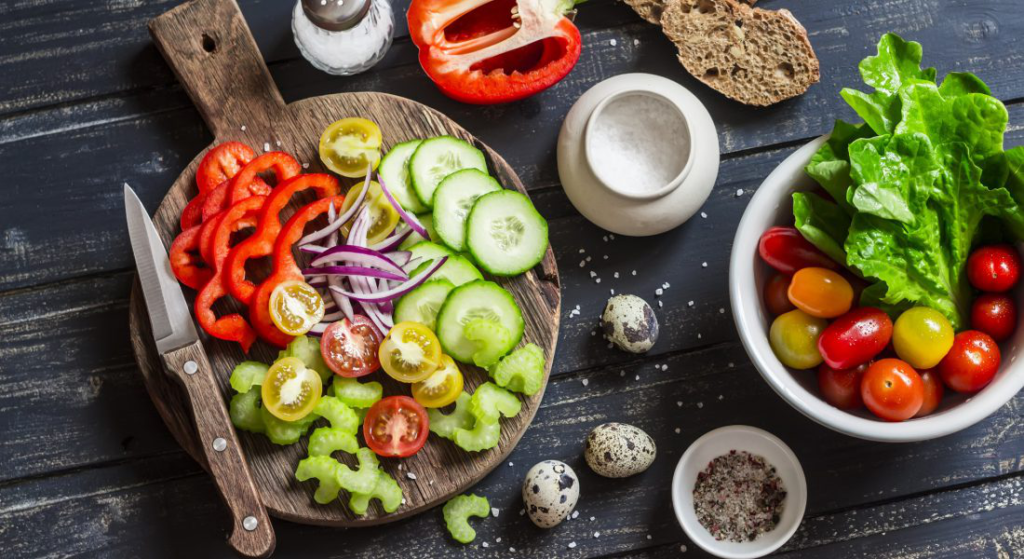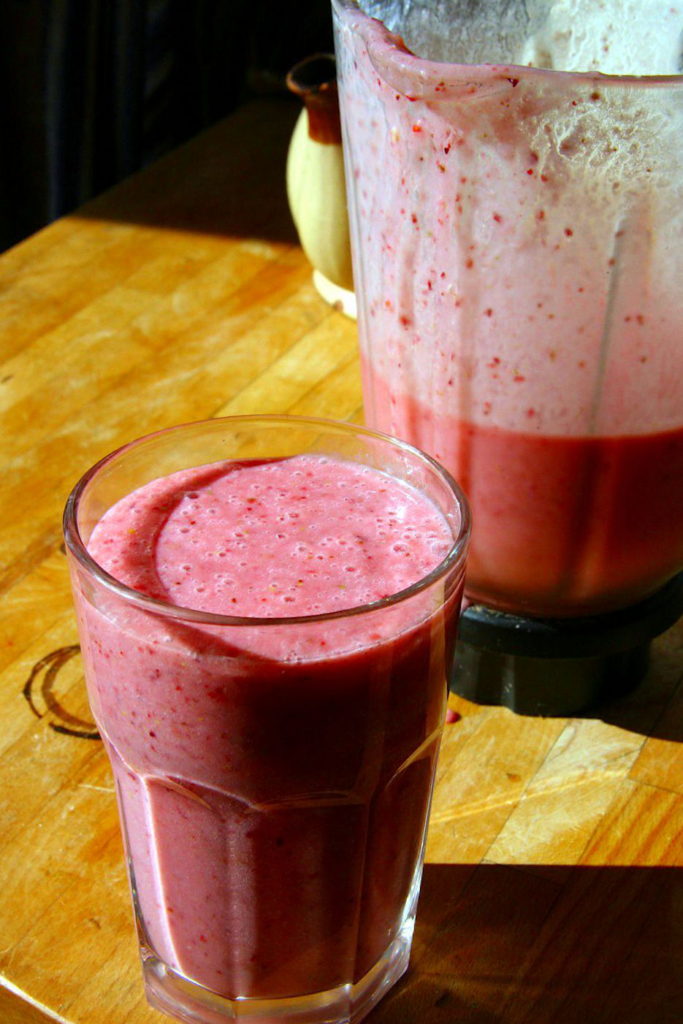You’ve certainly heard of the expression “farm-to-table” or “farm-to-fork” food philosophy, but what does that really mean? That’s a good question, because there’s no precise definition and farm-to-fork is quite an umbrella term. In its core, it means that there’s no middleman between the farm where the food is grown and the table where it’s eaten. This can mean that you are buying your produce from a neighbor that grows some fruit in their backyard, or, as it’s more commonly applied, that a restaurant has a direct relationship with their produce manufacturer or that they grow their own food. But why would anyone care how many steps there are between the ground where the tomato grows and their salad? Here are a few reasons:

Better for the environment
Eating tropical fruit in central Europe isn’t exactly the most natural thing, as the majority of those foods were picked somewhere else and then transported to where you live. These planes and trucks that transport the food to you obviously burn fuel and let out harmful gasses at the other end, leaving a carbon footprint. This means that those super-healthy fruits you’re eating aren’t that healthy for the environment, but also might not be the best thing for you, because…
They’re picked at their prime
When you eat foods that have been shipped from far away, unless the fruit is frozen, it has to be picked well before it is fully ripe, because they have to factor in that the food will continue to ripen as it’s shipped. But just because it will continue to ripen doesn’t mean that it will develop more nutrients, because that process stops as soon as it’s picked. On the other hand, if you are eating farm-to-fork, you the food has been harvested that very day: it’s the most nutritious it can possibly be and there aren’t any preservatives mixed in to keep it fresh for longer.
Help local communities thrive
Obviously, if you’re buying from a farm that is far away, you’re not giving business to your neighbor’s farm which has that same produce. Also worth noting, if the food is shipped long distances, the farms that actually produced it don’t get nearly as much profit as your local farm would get, after covering all of the shipping costs and taxes. Farm-to-fork is a movement that has been growing in Australia, with places like the organic Vaucluse restaurant growing their own food right there on-site. There’s something magical in seeing the food you’re about to eat make the journey from the stalk to your plate. These kinds of restaurants are promoting eating local food, which is always a healthier alternative to both shipped and processed foods.

Things don’t stop as fruit and veg
You might think that the philosophy only applies to produce that needs to be eaten fresh, like fruit and vegetables, but it’s actually all-encompassing. You can get your cheese from a local dairy farm, meat products from a local butcher and freshly baked bread from a baker that, yes, got his wheat from a local farm. Any food group you can imagine is available right there at your doorstep, and you might discover a whole new freshness and fullness of flavor when you start eating local food.
But what about the food that doesn’t grow there?
Here we go back to the topic of tropical fruit in central Europe and all other combinations of food and land that don’t mix naturally. The answer is, every single community can survive and thrive only on the ingredients it can grow for itself – we’ve been doing it for thousands of years before we started trading on a large scale. However, that doesn’t mean you need to restrict your diet if you really love mangoes. If you would only switch a third of your produce from store bought to farm-to-fork products, you’d already be making a big difference. You can see it, especially in eastern countries that haven’t been so swept up in westernization and globalization, that you can have a healthy, diverse diet with just what you can grow locally, but that doesn’t mean you have to give up eating fish just because you don’t live near the ocean.
If you’re still wondering how exactly you can make sure that your food is farm-to-table, the answer is simple: open markets. The colorful stands where farmers bring today’s bounty to sell it directly to the consumer are the perfect place to buy local food straight from the source. And if you’re a restaurant, talk to your local farmers and strike a deal to have fresh produce delivered every day to your doorstep. Not only will your food taste better, but you’ll be playing a crucial part in uplifting the local economy and decreasing the carbon footprint that the food usually makes when it travels to you.


